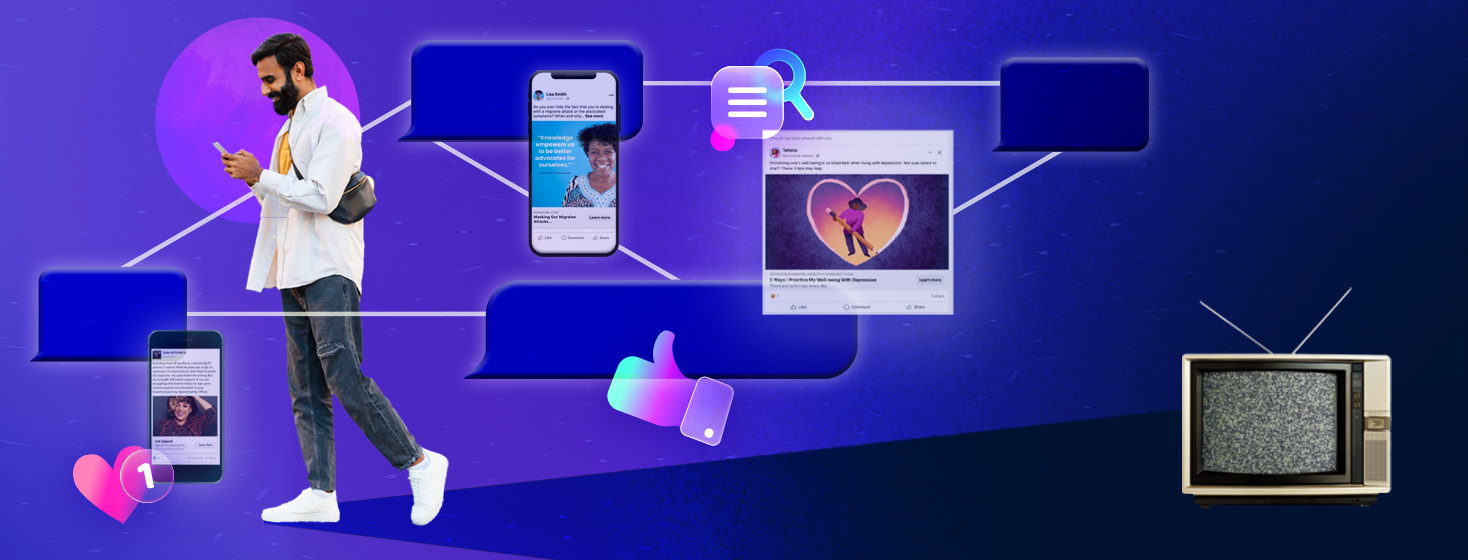This is where I see immense opportunity for our industry. The future of healthcare advertising lies in contextual relevance. Imagine a patient visiting our LungCancer.net community. They are actively seeking information, support, and understanding about their condition. When they encounter an ad for a lung cancer treatment within that very community, it’s not an interruption, it’s an expected and often welcomed piece of information. There is a direct pathway to learn more with a click. This is digital advertising at its most potent: meeting people precisely where they are in their health journey, with content that directly addresses their needs and interests. Mismatched context and broadcast channels are what make pharma ads annoying; transforming these approaches can be the difference between advertising that intrudes or empowers.
Health Union built our business on connecting healthcare brands and people to help them live better with challenging health conditions. The depth and breadth of first-party data we collect, always with patient consent, enables us to develop direct advertising programs and programmatic audiences that truly reflect the nuances of specific health conditions. This goes beyond demographics; it’s about understanding patient behaviors, informational needs, and the very real expectations they have when engaging with health content online. Our capability to deliver digital display, online video (OLV), and connected TV (CTV) ads to these highly specific audiences ensures that pharma brands reach people who are actively “in the market” for their solutions, providing relevant pathways to engage. This precision not only optimizes advertising spend but, more significantly, provides meaningful interactions for patients.
The pharmaceutical advertising landscape is undeniably shifting, marking a pivotal moment for the industry. The choice before us is clear: embrace this evolution as an opportunity to meet patients where they are, or sit on the sidelines to await the inevitable changes. By leaning into thoughtful, digitally-driven, and patient-centric advertising strategies, we can not only navigate this new era but define it, ultimately fostering more meaningful connections and improving patient outcomes. The future of health communication is not about restrictions and limitations, but about the profound possibilities of what we can achieve when we truly engage with people.





